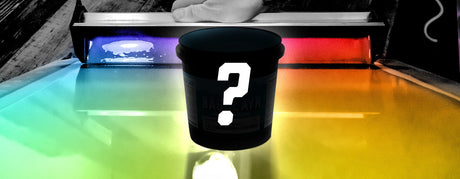
Which Emulsion is Right for Me?
Learn how to choose the right screen printing emulsion for your inks, exposure unit, and darkroom. Compare photopolymer, diazo, and hybrid options, then match emulsions to your setup with practical...
Free Shipping in the Con. US Learn More

Learn how to choose the right screen printing emulsion for your inks, exposure unit, and darkroom. Compare photopolymer, diazo, and hybrid options, then match emulsions to your setup with practical...
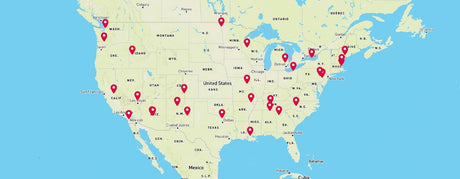
Being part of something bigger than yourself is a good feeling. It’s reassuring to know there are people to support you and have some extra exposure to the digital world...

You got all your screen printing equipment and supplies set up at home. You've printed out some designs for your brand. You're ready to show the world what you can...
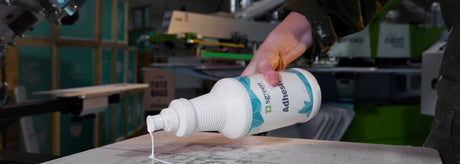
Decided you're ready to kick the aerosol can? Don't blame you. Who wants to inhale chemicals from a spray adhesive? Plus, a spray adhesive gets everywhere — you, your glasses (if you wear...
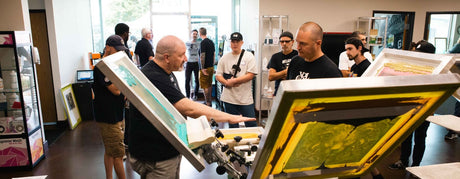
You've decided you want to live print, and you've got your first gig set up. Next step, figuring out what to bring. Knowing what to bring will depend on many...

Check out Episode 194 of "Shirt Show" for an in-depth conversation with Jon from "We Make Shirts." As a trailblazer in the Wisconsin screen printing landscape, Jon's knack for innovation and...

Every printer wants to save time and cash, right? Most screen printers know the most common time-saving hacks: optimizing print setup, keeping a stock of burned screens handy, and getting...

Emulsion remover removes emulsion. Seems simple, right? This chemical reclaims stencils faster with a concentrated emulsion remover solution. The chemistry breaks down emulsion when applied to a screen, and can be used in...

Each printer has their own unique story of why they got into screen printing. Some wanted to start their own clothing line. Others found it as a way to make...

Figuring out exposure times is one of the most difficult tasks in screen printing. If you're struggling, you're not alone. The best thing you can do is invest in a 21-Step...
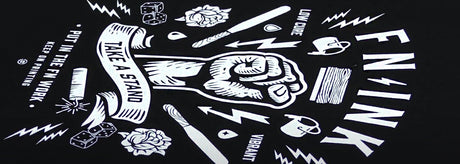
Printing white ink on black shirts is a popular design combination. For this design choice to be most effective, the ink needs to be clean and bright. For the best results, printers...

Soft hand prints are best achieved with water-based ink but can be done with plastisol ink as well. Between the inks you choose to use, the garments you're printing on, to the...

Curing your prints is one of the last steps of the screen printing process, but it is one of the most important steps. Ink needs to be cured properly so...